Obstacles to change: why the system seems immovable
Why does the global human-economic system seem immovable, even when its participants face possible extinction through its working? Jyoti Banerjee explores tools that can help shift the system.
The question that motivated us to examine systemic change was a simple one: given what we know about climate change, biodiversity and inequality, why do we do so little? Even as we face potential extinction, for whatever reason the various actions being taken in multiple initiatives seem to not work. The wheels are spinning and we cannot seem to get the system in gear.
We see four typical responses to the demands for action:
More of the same: “Markets are the optimal system but they are impeded by too much regulation and governmental interference. We will fix the issue by bringing environmental goods and services, public services and the Commons under market discipline”.
Fix and patch: “The system is working perfectly well to achieve the goals we have set it (namely, GDP growth and a strong financial return). All we need to do is compensate for its downsides by better regulation and market incentives.”
Repair innovation: “In our domain, we really understand the scale and immensity of the crisis facing us, and we are doing our best to create innovative responses to the challenges.” Witness the dozens, even hundreds of initiatives where participants in a sector (for example, financial institutions) explore how to bring experts together to fix the problem from their side of the fence.
Sectoral revolution: “We need to develop new regenerative methods (of agriculture, forestry, fishing, transport, etc etc) to overturn the working of the current model.”
None of these are effective in solving the types of problems we face. The system is not working perfectly well and minor tweaks are not going to address the challenges. Expert solutions from one sub-system (no matter how influential) are not being taken up across the system. And small-scale initiatives are incapable of changing the momentum and direction of the whole.
What helps account for these impact failures?
Understanding systemic shifts
We propose that the current global economic system is best viewed as being in the middle of a system-wide collapse. A mere re-jigging of the current system therefore is unlikely to be adequate. The solutions will require the emergence of a wholly new model which existing systems can migrate towards.
Figure 1: Nurture the new, transition from the old. How the Two Loops model helps us understand systemic change. See Margaret Wheatly’s work for Berkana Institute for more on the Two Loops model.
One model that helps us understand this is the Two Loops model, developed by Margaret Wheatley at Berkana Institute, and shown in Figure 1. It describes the changes occurring when one system reaches its peak, and then starts to collapse, while isolated alternatives begin to arise and help shape the emergence of a new system. The pattern goes something like this: As a system grows and extends, it becomes more powerful and entrenched. But, when it reaches its peak, some entities participating in the system drop out: they start innovating and birthing new ideas. At the outset, these ideas are tiny and seemingly irrelevant. But as innovators find each other, connect their ideas and start communities of practice around these ideas, there comes a point when the new ideas are at sufficient scale that participants in the collapsing old system seek out the new system, thereby enabling a permanent transition to the new system.
The clear lesson from here is that we will not find the solutions to the problems besetting the old system by simply trying to iterate new ideas within the context of the old system. We need new ideas, tools and concepts that allow us to “imagineer” a new system.
It sounds faddish, almost: to imagineer something. But it is a compound word with history. It was Alcoa that came up with “imagineer” to encourage innovative use of aluminium during World War II. A Time magazine article of 1942 described the idea as letting your imagination soar and then engineering it down to earth. Disney was very successful in using the imagineering idea to describe their development of theme parks and attractions unlike anything the world had seen at that point.
Different solutions for different problem types
It’s not just new tools that are needed. Perhaps an important reason for the impact failures we see around us is that we perceive the problems we face in an inadequate, even inappropriate way.
The Cynefin framework, developed by Snowden and Boone, described in Figure 2 provides a useful typology for sorting out the problem contexts we face. Four of the contexts – known (simple), knowable (complicated), complex and chaotic – require us to diagnose the situation and act in contextually appropriate ways. A fifth context – disorder – applies when it is unclear which of the other four contexts is predominant.
Figure 2: The Cynefin Framework was developed by DJ Snowden and ME Boone and published in “A Leader’s Framework for Decision-making” (Harvard Business Review, Nov 2007). It provides a helpful approach for understanding problem contexts and the tools needed to address them. According to Snowden and Boone, Cynefin, pronounced ku-nev-in, is a Welsh word that signifies the multiple factors in our environment and our experience that influence us in ways we can never understand.
A simple problem requires a best practice solution, while a complicated problem needs expert attention. However, across our global system, we are operating in a complex adaptive context, which needs emergent solutions, and the situation is rapidly getting out-of-hand, demanding rapid response solutions.
It is this contextual understanding which helps us understand why the numerous global initiatives operating today are failing to create the kind of impact we need. Across the world, we can observe hundreds, even thousands, of single-point solutions to issues relating to the climate emergency and biodiversity loss. These solutions are based on expert views in silo-ised contexts: “In our sector, this is what we need to do to respond to the global issues we face.”
These single-point solutions operate on the left side of the Cynefin chart. They have failed us. We need directional systems innovation, which co-ordinates and aligns interventions in economic, political, technological and social systems, and along whole value chains. We need emergent solutions and rapid-response solutions from the right side of the Cynefin chart. This is not about experts solving problems and bestowing the solutions on the rest of us. Sure, experts have a role to play, but in our complex adaptive systems, we need to practice emergent thinking, where trial-and error drives our methods, and stakeholders co-create solutions with an obsessive focus on systemic change.
To be clear, this is not about forcing a single perspective or world view on the global population. Short of a totalitarian regime, such an idea would not work. What we need to do is find a way in which the discourses and agendas already being discussed within multiple domains and across all sorts of stakeholder groupings can find common support for each other, providing positive signals to each other so that each initiative is better positioned to start to achieve what they have set out to achieve.
Systemic change is going to need the emergent ideas and innovations from the right side of the Cynefin chart to be imagineered to scale so that we can transition out of our current failing system into a new system that enables life and human life to thrive. Now who would not want that!


